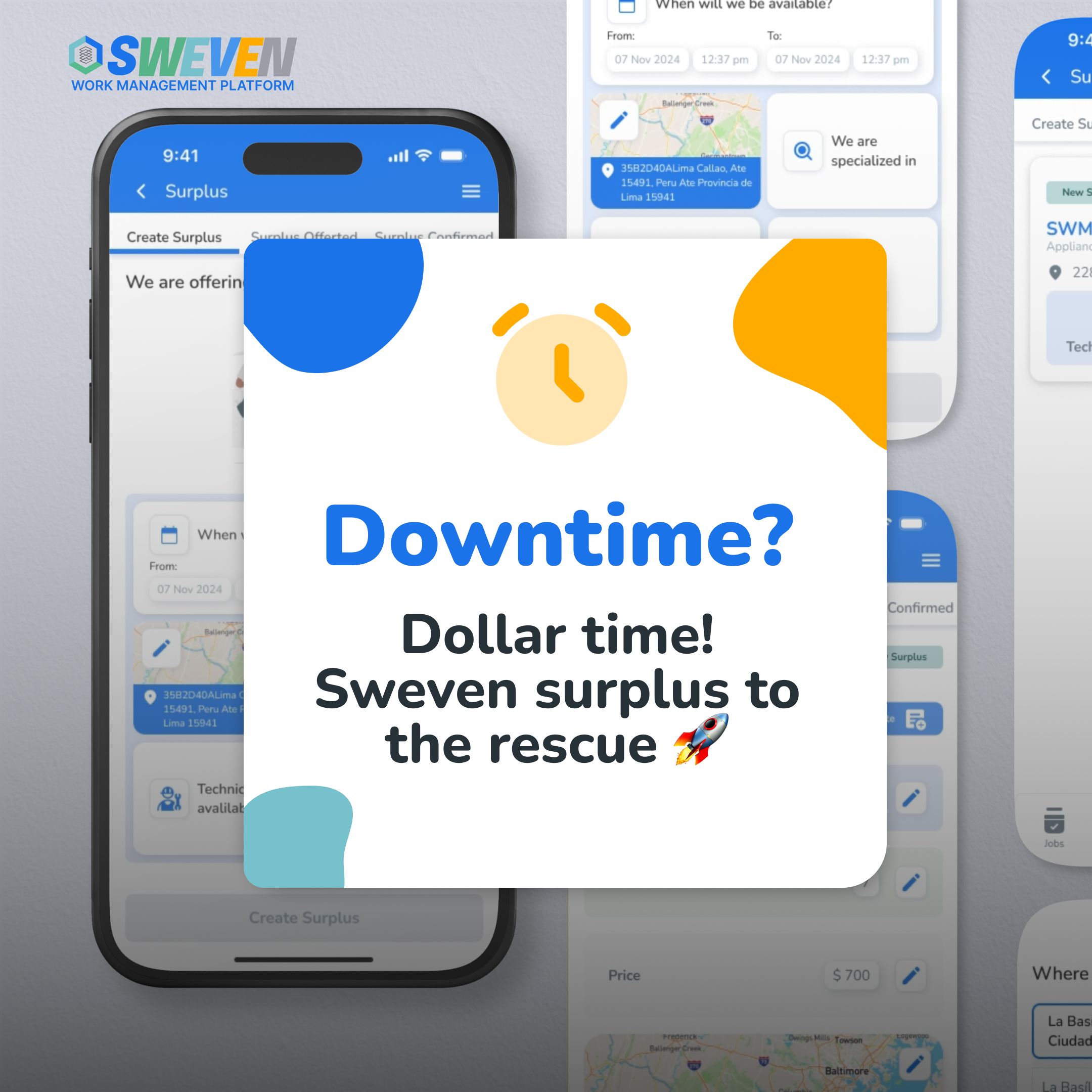Introduction:
Effective communication is the cornerstone of successful facility management, facilitating collaboration, coordination, and problem-solving among stakeholders. However, poor communication can lead to misunderstandings, delays, and frustration, particularly for facility managers who rely on timely responses from vendors to manage projects efficiently. In this blog, we explore the communication challenges faced by facility managers and offer strategies to overcome these obstacles for improved project management and operational effectiveness.

The Impact of Poor Communication:
Facility managers juggle numerous responsibilities, from maintenance and repairs to renovations and upgrades, all of which require seamless coordination with vendors and service providers. When communication breaks down, whether due to delays in response times, lack of clarity, or ineffective channels, it can disrupt project timelines, compromise quality, and hinder the overall efficiency of facility operations.
Timely Responses from Vendors:
One of the primary communication challenges faced by facility managers is obtaining timely responses from vendors. Whether it’s requesting quotes, clarifying project specifications, or addressing issues that arise during implementation, delays in vendor communication can impede progress, prolong project timelines, and increase costs. Moreover, the lack of responsiveness can erode trust and strain relationships between facility managers and vendors.
Managing Expectations and Deliverables:
Effective communication is essential for managing expectations and ensuring that vendors understand project requirements, timelines, and deliverables. However, without clear and consistent communication channels in place, misunderstandings can arise, leading to discrepancies in deliverables, scope creep, and dissatisfaction among stakeholders. Facility managers must proactively communicate expectations, provide timely feedback, and address any concerns or discrepancies that arise throughout the project lifecycle.
Strategies for Improving Communication:
Establish Clear Communication Protocols: Define clear communication protocols and channels for interacting with vendors, including preferred methods of contact, response time expectations, and escalation procedures for urgent issues.

Utilize Technology Solutions: Leverage technology solutions such as project management software, collaboration platforms, and communication tools to streamline communication, track project progress, and facilitate real-time collaboration with vendors.
Set Expectations Early: Clearly communicate project requirements, timelines, and expectations to vendors at the outset of the project, ensuring alignment and mutual understanding of deliverables and responsibilities.
Foster Open Communication: Create a culture of open communication and transparency, encouraging vendors to proactively communicate any challenges, delays, or concerns that may arise during the course of the project.
Provide Timely Feedback: Provide timely feedback to vendors on their performance, acknowledging successes and addressing any areas for improvement promptly to ensure continuous improvement and accountability.
Establish Regular Check-Ins: Schedule regular check-in meetings or calls with vendors to review project progress, address any issues or concerns, and ensure alignment on project objectives and timelines.
Document Communications: Maintain thorough documentation of all communications with vendors, including agreements, change orders, and correspondence, to ensure clarity, accountability, and legal protection.

Conclusion:
Effective communication is essential for successful facility management, particularly when working with vendors and service providers. By addressing communication challenges proactively, establishing clear protocols, leveraging technology solutions, and fostering open collaboration, facility managers can mitigate the risks associated with poor communication and ensure smooth project management and operational efficiency.
















